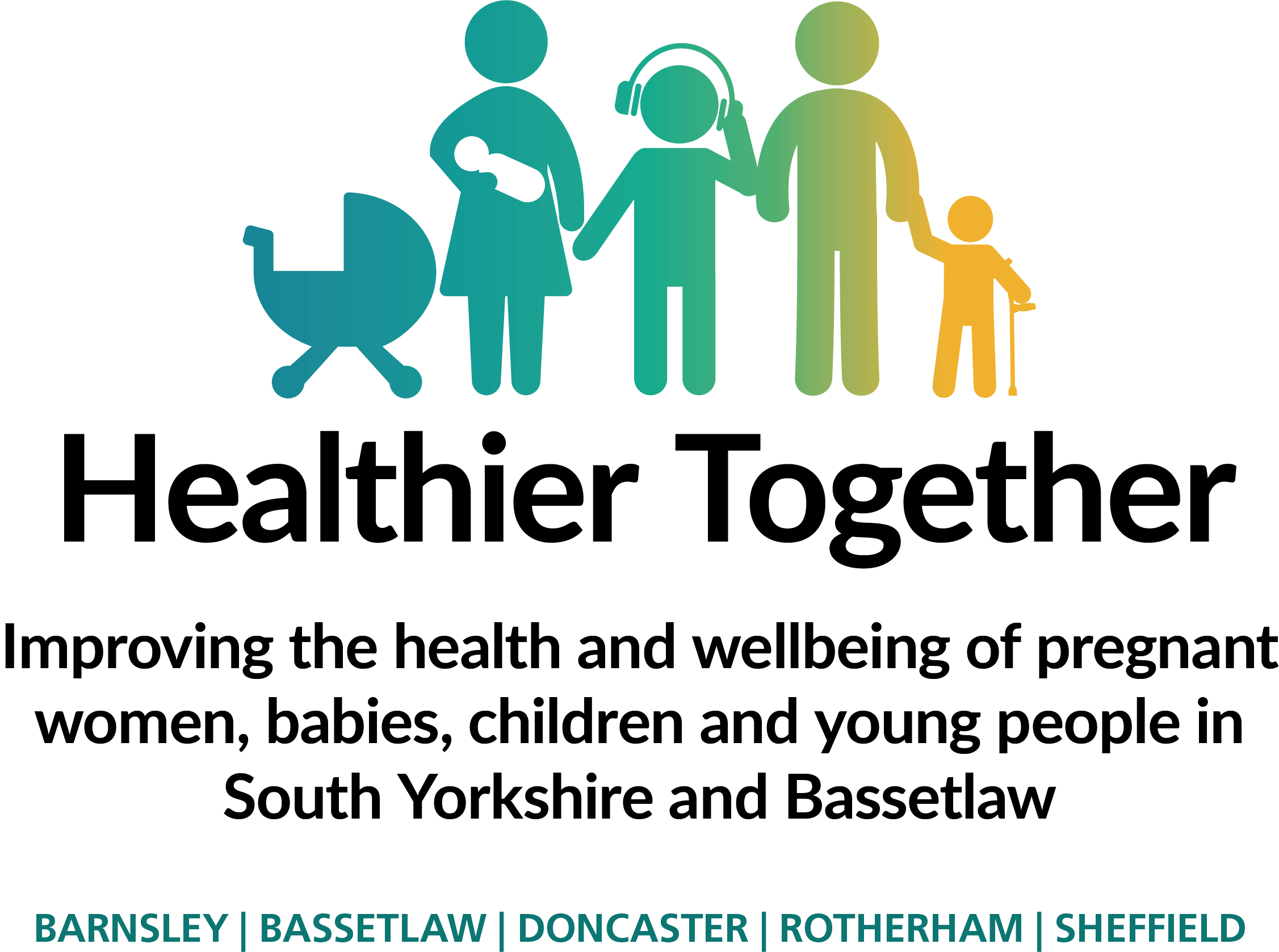All children are different and develop at different rates, so there is a range of ages when they learn these skills.
However, there are certain ages by which most children will have developed a certain skill. These are called developmental milestones. If your child has not met their milestone, it may be of concern and it is important to seek advice (please see individual sections for further details).
Routine Health Checks
- Newborn examination within 72 hours of birth
- 6-8 week physical check (usually with the GP)
- 6-8 week health and development review (usually with the health visitor)
- 9-12 months development review (usually with the health visitor)
- 2-2.5 years developmental review (usually with the health visitor)
Further information on your child's developmental milestones and routine reviews can be viewed by clicking here.
Share your concerns
If you are concerned about the way your child moves, acts, learns, speaks or plays
Seek advice urgently if you think that your child has lost skills that they once had (sometimes called regression)
Reach out to services if you are concerned
Health visitor
Early learning teacher in your child's nursery or your child's childminder
GP
You may be referred to different members of the multidisciplinary child development team depending on what your concern is:
Community Paediatrician - a doctor who specialises in the health and development of children
Physiotherapist - a therapist who supports with physical movement skills
Occupational therapist - a therapist who supports skills required for activities of daily living and hand skills (fine motor)
Speech & Language therapist (SALT) - a therapist who supports with speech, language, communication, understanding and safe swallow
Dietitian - a qualified health professional, who as well as providing general health advice, can also work with people with special dietary needs due to health conditions such as coeliac disease
Psychologist - a qualified individual who is able to support aspects of your child's learning and behaviour
Children & Adolescent Mental Health Services (CAMHS) - services that support children and young people with difficulties with their emotional or behavioural wellbeing
Children's social services - can provide additional support for families who have needs beyond healthcare and education needs
Local education services - such as Portage (a home visiting educational service) to support preschool children requiring additional support with their developmental skills)




